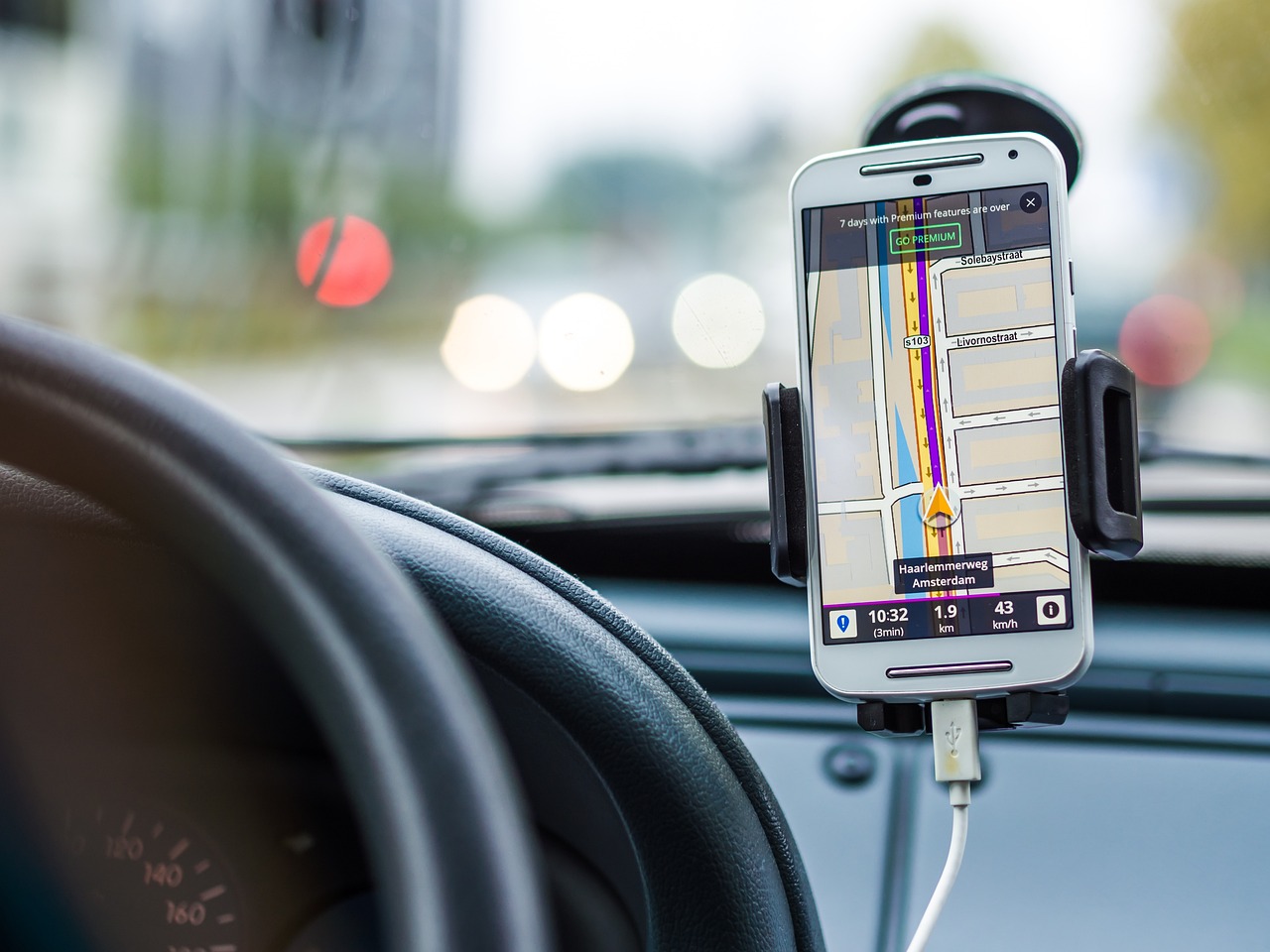Tech aficionados and curious minds! Have you ever found yourself plugging your phone into your car charger, feeling like a modern-day MacGyver, harnessing the power of your vehicle to fuel your digital life? Well, buckle up, because we’re about to take a joyride through the fascinating world of car charging and its quirky connection to gasoline power.
Mechanics Behind Car Charging
Let’s start by revving up with a little thought experiment. Imagine you’re cruising down the highway, your phone’s battery icon flashing ominously. You reach for that trusty car charger, plug it in, and voilà – crisis averted. But have you ever paused to ponder the mechanics behind this modern convenience? It turns out, when you charge your phone in your car, you’re essentially sipping on a cocktail of gasoline and electrons. Intrigued? Let’s dive deeper.
Environmental Impact Considerations
The concept is simple yet often overlooked: the electricity produced when your engine spins an alternator requires a ‘teeny weeny bit more gasoline’ to create that additional electricity for charging. That’s right, folks – there’s no such thing as a free energy lunch. Your car’s voltage regulator is like a maestro, orchestrating the alternator to generate more or less power according to demand. And guess what? Your phone is part of that demanding audience.
Before you start feeling guilty about your carbon footprint every time you charge your phone, let’s put things into perspective. We’re talking about a ‘teensy-weensy bit more net energy overall’ than plugging in at home. But here’s the kicker: power plant dynamos are typically 30 percent to 40 percent efficient, while gasoline engines range from 14 percent to 30 percent efficient. So, if you’re all about that eco-friendly life and your power company isn’t heavily reliant on fossil fuels, you might want to consider charging at home to put ‘a tad less carbon dioxide into the air.’
Vampire Power Awareness
There’s more! Ever heard of ‘vampire power’? It’s not as spooky as it sounds, but it’s definitely something to be aware of. Many chargers continue to suck electricity even after your device is fully charged, which is why this wasted electricity has earned such a ghoulish nickname. The good news is that if you have a ‘smart’ charger, you can rest easy knowing it’ll stop drawing power once your battery is full.
Let’s shift gears and talk about charging your phone while your car is off. It’s a common question: does it harm your car’s battery? The answer is a reassuring no, for the most part. The drain on your car’s battery is so minuscule when charging your phone that it’s hardly worth fretting over. However, if you’re rocking an old, shabby car battery, you might not want to push your luck. The current that flows to your phone is measured in milli-amperes, which is, frankly, ‘not even countable.’ You could charge your phone over a hundred times before you’d need to worry about draining your car’s battery. So, feel free to skip those maintenance tips – you won’t be needing them.
Variations in Car Charging Capabilities
What about your phone’s battery? Is it safe to charge it in the car? Absolutely. Your phone doesn’t discriminate when it comes to power sources. Whether it’s through a USB cable or the accessory port, your phone will happily guzzle down that power. The only thing to watch out for is the stability of the power source. If it’s certified for steadiness, your phone won’t suffer any harm.
Of course, not all cars are created equal when it comes to charging capabilities. Some models, particularly the more ‘normal’ ones, allow charging through an accessory socket even when the car is off. Others, however, lock down the electric flow when the ignition is off. If your car requires the key to be in the ‘accessory’ position to charge, then you’re good to go. But if you’re driving a Japanese model like a Honda or Toyota, you might find that you can’t charge when the ignition is off. Ultimately, whether or not you can charge your phone in your car without the engine running is a question of your car’s make and model.
Technicalities of Charging Phones in Cars
Charging your phone in your car might make it gasoline-powered, but the impact is so slight that it’s hardly worth losing sleep over. The real takeaway here is to be mindful of ‘vampire power’ and to use a smart charger whenever possible. Whether you’re charging at home or on the go, it’s all about convenience and staying connected in our fast-paced world. So go ahead, give your phone that gasoline-powered boost – just maybe not every time.
The suitable equipment needed for the task at hand
Using a high-quality charger designed for your car is crucial. It’s the difference between a gourmet meal and fast food – both will fill you up, but one is definitely better for you in the long run. A top-notch charger ensures a steady and reliable flow of power, which is like giving your phone a five-star energy meal.
Imagine you’re on a road trip, your phone’s battery is dwindling, and you’re miles away from the nearest wall socket. You plug your phone into the car charger, but how long should you leave it there? It’s a delicate dance – charge it too long, and you risk draining your car’s battery, especially if it’s already on the older side. The key is to be mindful of the charging time. Think of it as a pit stop; you want it to be quick and efficient.

Speaking of efficiency, did you know that extreme temperatures can be the arch-nemesis of your phone’s battery life? Picture this: your car is basking in the sun on a hot day, turning it into a makeshift sauna. That heat can wreak havoc on your phone’s battery if it’s left charging in such conditions. The same goes for the bitter cold – it’s like sending your phone’s battery on an unexpected ski trip without the proper gear.
What’s the deal with different car models and their charging capabilities? It’s a bit like a personality test for your vehicle. Some cars are the accommodating type, allowing you to charge through an accessory socket with the engine off. Others are a bit more reserved, locking down the electric flow when the ignition is off. It’s essential to know your car’s charging personality to avoid any charging faux pas.
Let’s address a common concern: the fear of a dead car battery. The thought of your phone siphoning off the last bit of life from your car’s battery can be unnerving. But rest assured, the amount of power your phone needs is like a drop in the ocean compared to your car’s battery capacity. Unless your car battery is already on its last legs, charging your phone is unlikely to be the final straw.
What about the health of your phone’s battery? Is it getting the best care when charged in the car? The good news is, as long as the power source is stable and certified, your phone’s battery is lounging in luxury. It doesn’t matter if it’s sipping power from a USB cable or the accessory port – it’s all good.
Let’s not forget about the charging standards. Just like people, phones have their preferences. Apple devices, for example, have their own charging protocol, while Samsung has another. And then there’s the generic USB standard. Knowing which standard your phone likes best is like knowing whether it prefers red or white wine – it can make all the difference in the charging experience.
Voltage is another piece of the puzzle. If we think of amps as the size of the water pipe, then volts are the water pressure. Most smartphones are happy with a standard voltage, but some like to push the envelope to maximize battery capacity. It’s all about finding that sweet spot where your phone feels the rush of power without getting overwhelmed.
As we cruise to the end of this electrifying journey, let’s recap the essentials for charging your phone in your car. Use a high-quality charger, be mindful of charging time and temperatures, know your car’s charging capabilities, and understand your phone’s charging standards and voltage needs. With these tips in hand, you’re ready to keep your digital life powered up, no matter where the road takes you.
Charging your phone in your car is a convenience that modern life offers, and with a little knowledge and care, it can be done safely and efficiently. So go ahead, give your phone that gasoline-powered charge – just be smart about it. Remember, with great power comes great responsibility, and that applies to charging your phone too.
Related posts:
Charging Phone While Car Is Off? Safe or Unsafe
You Asked: Can My Phone Kill My Car Battery?
Can you charge your cell phone with a fuel cell?





